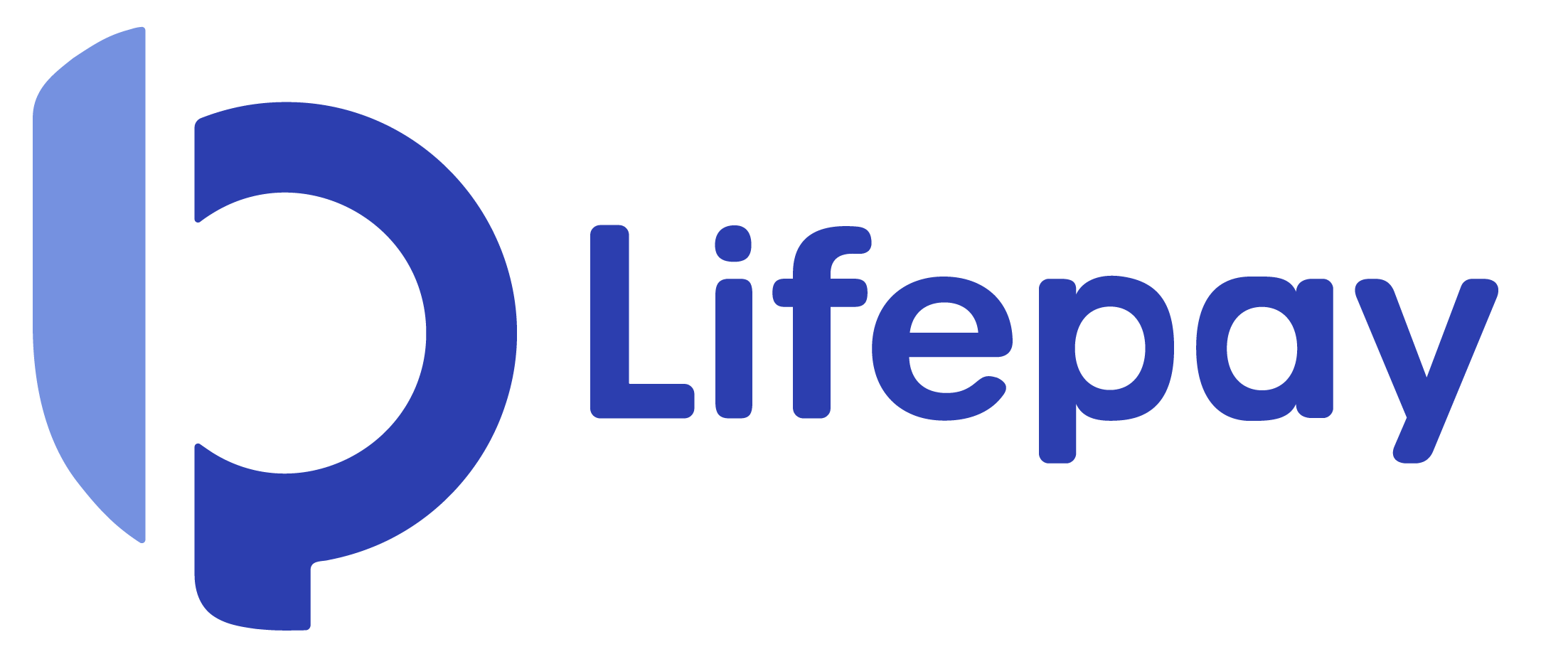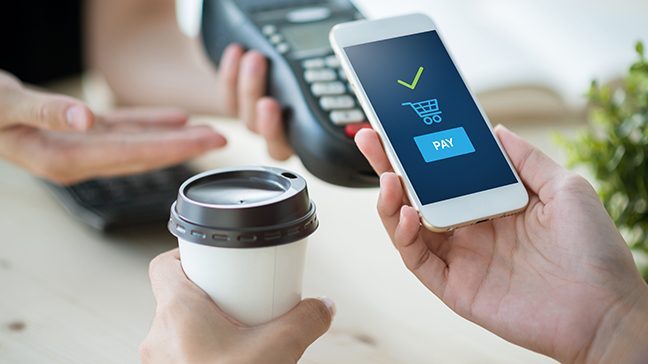Digital Wallet in Australia, everything you need to know
The popularity of Digital Wallet in Australia is constantly increasing. Moreover, the recent coronavirus pandemic has accelerated this trend. While many people already took advantage of touchless payments, here, in Australia many of us would still ask a question – is it a good payment option for me? Here, we are diving deep into this new world of digital payments.
In this article you will learn:
- What is Digital Wallet
- How Digital Wallet works
- What makes Digital Wallet so popular in Australia
- Global issues making impact on e-payments
- The abundance of features
- Safety issues
- Future of Digital Wallet in Australia
What is a Digital Wallet?
A Digital Wallet, colloquially also called “e-wallet” is a digital service allowing to pay for goods – both in physical stores and online. Usually, customers utilise a mobile phone app as the interface. Devices range from iPhone, IPad or any other Android smartphone. Like its traditional namesake, Digital Wallet can perform other functions, such as it can hold a driver’s licence, transportation passes, tickets, coupons, e-gift cards, plane tickets and more. Other, unique to Digital Wallet features include international money transfers (very popular among international students in Australia) and Instant Messaging between users.
How Digital Wallet works
Various e-wallets utilise different technologies to process payments:
- Near Field Communication (NFC). It is a technology that allows data transfer between two electronic devices at a distance of a maximum 4cm. Apple Pay and Google Pay both successfully harnessed this technology. NFC compatible card reader at the checkout is required in order to use this type of Digital Wallet.
- Magnetic Secure Transmission (MST). Developed by LoopPay, later Samsung acquired it and used to power Samsung Pay service. MST emits a magnetic signal which is getting picked up by the payment terminal’s card reader. The principle of its operation mimics a magnetic stripe on a credit card, hence MST is fully compatible with any terminal designed to read credit cards.
- QR Codes. A customer scans a QR code with his smartphone. After that, he enters the required amount. A number of companies use this popular contactless technology, for instance, WeChat, AliPay and PayPal.
What makes Digital Wallet so popular in Australia?
- Consumers awareness. An increasing number of people are being acquainted with the new payment method. To illustrate, it is estimated Millennials and Gen Z will make up 72% of the workforce by 2029. Both of those social groups already embraced e-payment. 65 % of Millennials and 57% of Gen Z used Digital in 2021. Compared to 2020 it is an increase of 7%. Consequently, if this trend continues, it is safe to assume that in the near future a traditional leather wallet will be only a fashion accessory.
- The explosion of mCommerce. Moblie shopping (mCommerce) constitutes a big part of e-commerce. In fact, official figures suggest that a staggering 80 % of Australians purchase goods online at least once a year! Online shopping is expected to dominate almost entirely consumer market by the end of the decade. Where does Digital Wallet fit into this picture? The answer lies in integration. Above all, shoppers expect a seamless shopping experience. Digital Wallet offers payments for goods without the need for leaving the merchant’s website and without entering credit card details. As a result, the customer only has to choose the appropriate app during checkout!
- Speed. Transactions are instantaneous. E-transactions are seamless and happen with the speed of light.
- Simplicity. The customer simply pays by tapping his phone’s screen onto recipient’s phone screen. No need to remember bank account details, security numbers, etc. Also, the process of registration is simplified.
Global Issues making an impact on e-payments.
- Recent coronavirus pandemic. Commbank recorded a nearly 100% increase – from 36 million to 68 million individual Digital Wallet transactions between March 2020 and March 2021. Almost overnight millions of new users, including in Australia turned to cashless transactions!
- Developing countries. Residents of developing nations often do not have access to banks with a physical location (either lack of appropriate infrastructure or small population dispersed across the remote area). As such, they find it difficult to participate fully in the global financial system. Digital Wallets come to the rescue. They do not rely on banks with a physical branch or location. however, Digital Wallets need mobile phone coverage. And luckily this is growing rapidly, even in remote areas. For example, Sub-Saharan region of Africa saw almost three-fold increase in mobile phone subscriptions between 2006 and 2011. This enables participation in the financial system for those who otherwise would have to resort to cash transactions.
- Cryptocurrencies. If you want to invest in cryptocurrency and use it as a payment method (not just speculative investment) a Digital Wallet will serve that purpose. 71.4 million cryptocurrency Digital Wallet users exist today.
The abundance of features
In the traditional wallet, people would normally keep not only money. The same applies to its electronic version. Plus much more!
Features of the modern Digital Wallet include:
- Various options for digital payment: different credit cards, debit cards, gift cards, loyalty cards, coupons, etc.,
- Storage of various payment information,
- Instant payments: utilities, mobile recharges, flight tickets, etc.,
- Automatic, periodic bill payments to avoid late payment surcharges,
- User-friendly interface. Checking your balance, adding money to the wallet, payments, transactions are easily done at a ‘press of a button
- Chatrooms. Some Digital Wallets present opportunity for their users to socialize. In a similar fashion to other messaging apps, Digital Wallet users can chat and even send money to each other.
- Chatbots. Integrated with the Digital Wallet app, chatbots can provide support and make the service look more reliable
- Access to offers and promotions. Some Digital Wallets offer loyalty programs, cashback schemes and other incentives to its customers
Safety Issues
Have you ever lost your old, trusty leather wallet? Or even worse got it stolen? Of course, not only you lose your cash, but everything else what you kept in there – often including credit cards! A very important feature of Digital Wallets is security. Advancements in technology allow scrambling the financial and password information through encryption. This allows you to hide your personal information from hackers when making purchases. Other safety features include biometric authentication, using a selfie to authenticate payment or various methods of locking the mobile device.
Nothing in this world is 100% guaranteed. It also applies to Digital Wallet security. The following precautions are important when customers use their Digital Wallet in Australia as well as when overseas:
- Firstly, keep your phone locked. Always lock your device with either a good password, swipe pattern or biometric authentication (facial recognition or fingertips). If using password, make sure it contains a combination of letters and digits and when typing it make sure no one is watching that combination
- Security apps. Install security apps which allow you to locate stolen/lost phone. Consequently, if you cannot get your mobile back, the security app can remotely erase sensitive data from your phone
- Avoid accessing public WiFi. Never use public WiFi to make payments or transfers from your Digital Wallet – hackers often target public Wifi’s, hence your data might be compromised!
- Review your financial statements. It is always a good practice to periodically audit your financial transactions. This way you might be able to detect any suspicious activities!
Future of Digital Wallet in Australia
Today, one of the big “buzz words” is Artificial Intelligence (AI). Experts claim, that in the near future, AI will infiltrate every aspect of our lives. Indeed, we already see it happening. For example self-driving cars and intelligent fridges, Google search algorithms and intelligent weapon systems. It is happening and it is happening fast. It is only natural that AI will penetrate and influence the development of Digital Wallets. As a result, we might see the rise of “Super Digital Wallet”, where traditional functions will be enhanced by Artificial Intelligence.
E-wallets of the future can encompass a vast variety of functions:
- AI-supported financial advice. Tapping into online financial eco system, AI financial advisor will be able to perfectly customise various offers, for example, mortgage, investment strategies, loans, insurance, just to name few.
- The COVID-19 pandemic has made it clear that an all-in-one Digital Wallet solution is the future, therefore it is hard to overestimate the benefits of having all the necessary documents electronically stored, being immediately available: IDs, medical records, citizen information, office keys, and the list goes on.
- Wearable devices. These days it is not uncommon to use a smartwatch, however, the future can see developments of other wearable devices, such as key fobs, glasses, bags or even planted under the user’s skin. However, the ultimate sci-fi prediction offers embedding e-wallet directly into the human brain. The future is now…


